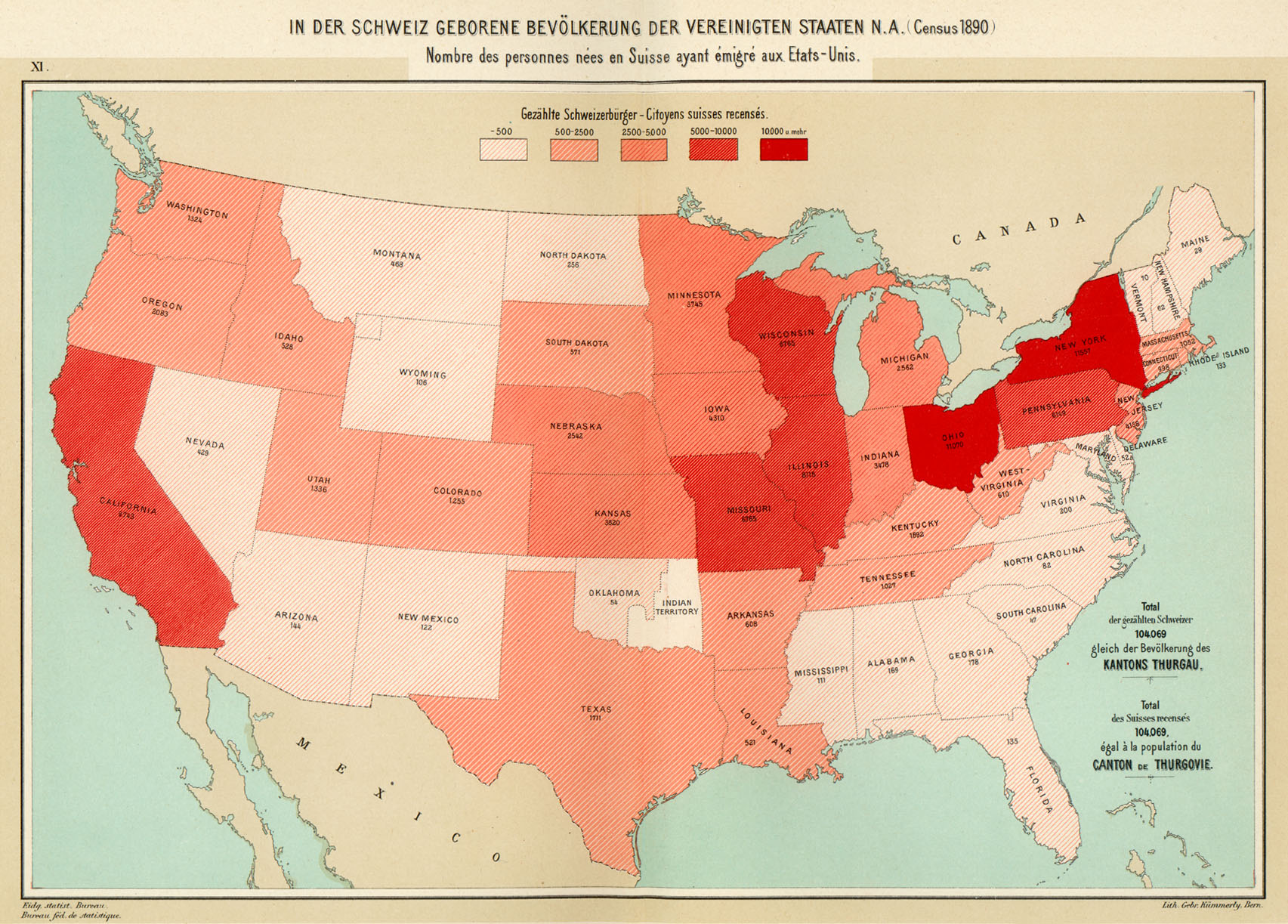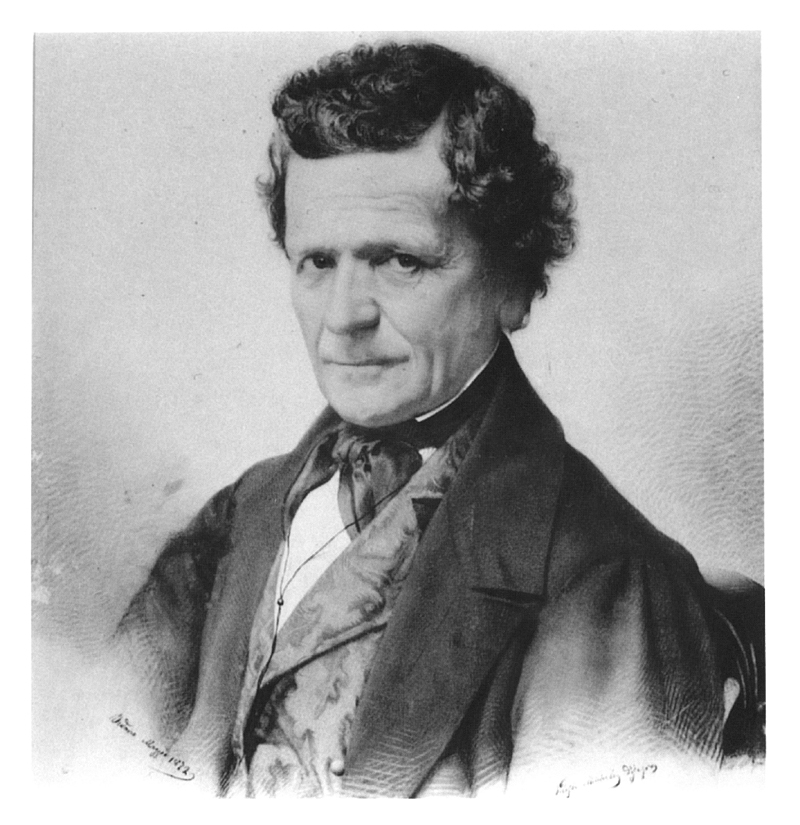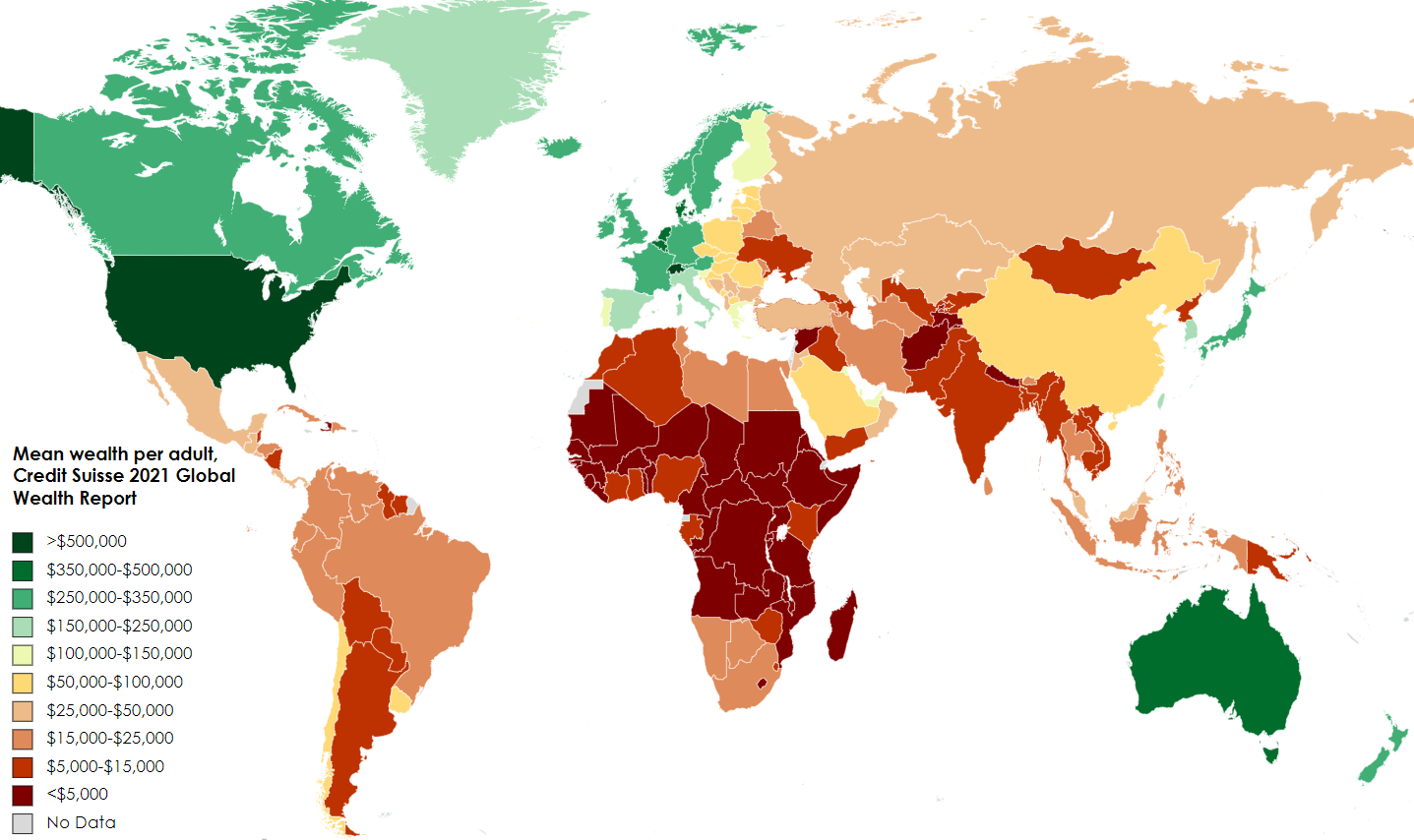|
Poverty In Switzerland
Poverty in Switzerland refers to people who are living in relative poverty in Switzerland. In 2018, 7.9% of the population or some 660,000 people in Switzerland were affected by income poverty. Switzerland has also a significant number of working poor, estimated at 145,000 in 2015. Historically, Switzerland has been a poor country, especially the Alpine regions. From the 17th century, incipient industrialisation brought wealth to the cities, particularly to Zürich, but rural areas remained destitute well into the 19th century, causing the peasant war in 1653, and later forcing families to emigrate both to Russia and the Americas (including to Argentina, Brazil, Canada, Chile, Guatemala, the United States, Uruguay, and Venezuela). In the 20th century, the economy of modern Switzerland came to establish itself among the world's most prosperous and stable, and in terms of human development index (at 0.946) Switzerland ranks second worldwide only behind Norway. As of 2019, Switzer ... [...More Info...] [...Related Items...] OR: [Wikipedia] [Google] [Baidu] |
Relative Poverty
The poverty threshold, poverty limit, poverty line or breadline is the minimum level of income deemed adequate in a particular country. The poverty line is usually calculated by estimating the total cost of one year's worth of necessities for the average adult.Poverty Lines – Martin Ravallion, in The New Palgrave Dictionary of Economics, 2nd Edition, London: Palgrave Macmillan The cost of housing, such as the rent for an apartment, usually makes up the largest proportion of this estimate, so economists track the real estate market and other housing cost indicators as a major influence on the poverty line. Individual factors are often used to account for various circumstances, such as whether one is a parent, elderly, a child, married, etc. The poverty threshold may be adjusted annually. In practice, like the definition of poverty, the official or common understanding of the poverty line is significantly higher in developed countries than in developing countries. In October 201 ... [...More Info...] [...Related Items...] OR: [Wikipedia] [Google] [Baidu] |
Swiss Americans
Swiss Americans are Americans of Swiss descent. Swiss emigration to America predates the formation of the United States, notably in connection with the persecution of Anabaptism during the Swiss Reformation and the formation of the Amish community. In the 19th century, there was substantial immigration of Swiss farmers, who preferred rural settlements in the Midwest. Swiss immigration diminished after 1930, although limited immigration continues. The number of Americans of Swiss descent is nearly one million. The Swiss Federal Department of Foreign Affairs reported the permanent residency of Swiss nationals in the United States as 80,218 in 2015. According to the U.S. Census Bureau, 26,896 individuals born in Switzerland declared that they were of Swiss ancestry in 2015. According to the U.S. Census Bureau, 3,047 individuals born in Switzerland declared that they were of German ancestry in 2015. According to the U.S. Census Bureau, 1,255 individuals born in Switzerland declared t ... [...More Info...] [...Related Items...] OR: [Wikipedia] [Google] [Baidu] |
The Guardian
''The Guardian'' is a British daily newspaper. It was founded in 1821 as ''The Manchester Guardian'', and changed its name in 1959. Along with its sister papers ''The Observer'' and ''The Guardian Weekly'', ''The Guardian'' is part of the Guardian Media Group, owned by the Scott Trust. The trust was created in 1936 to "secure the financial and editorial independence of ''The Guardian'' in perpetuity and to safeguard the journalistic freedom and liberal values of ''The Guardian'' free from commercial or political interference". The trust was converted into a limited company in 2008, with a constitution written so as to maintain for ''The Guardian'' the same protections as were built into the structure of the Scott Trust by its creators. Profits are reinvested in journalism rather than distributed to owners or shareholders. It is considered a newspaper of record in the UK. The editor-in-chief Katharine Viner succeeded Alan Rusbridger in 2015. Since 2018, the paper's main news ... [...More Info...] [...Related Items...] OR: [Wikipedia] [Google] [Baidu] |
Purchasing Power
Purchasing power is the amount of goods and services that can be purchased with a unit of currency. For example, if one had taken one unit of currency to a store in the 1950s, it would have been possible to buy a greater number of items than would be the case today, indicating that the currency had a greater purchasing power in the 1950s. If one's monetary income stays the same, but the price level increases, the purchasing power of that income falls. Inflation does not ''always'' imply falling purchasing power of one's money income since the latter may rise faster than the price level. A higher real income means a higher purchasing power since real income refers to the income adjusted for inflation. Traditionally, the purchasing power of money depended heavily upon the local value of gold and silver, but was also made subject to the availability and demand of certain goods on the market. Most modern fiat currencies, like US dollars, are traded against each other and commodity mon ... [...More Info...] [...Related Items...] OR: [Wikipedia] [Google] [Baidu] |
Financial Crisis Of 2007–2008
Finance is the study and discipline of money, currency and capital assets. It is related to, but not synonymous with economics, the study of production, distribution, and consumption of money, assets, goods and services (the discipline of financial economics bridges the two). Finance activities take place in financial systems at various scopes, thus the field can be roughly divided into personal, corporate, and public finance. In a financial system, assets are bought, sold, or traded as financial instruments, such as currencies, loans, bonds, shares, stocks, options, futures, etc. Assets can also be banked, invested, and insured to maximize value and minimize loss. In practice, risks are always present in any financial action and entities. A broad range of subfields within finance exist due to its wide scope. Asset, money, risk and investment management aim to maximize value and minimize volatility. Financial analysis is viability, stability, and profitability a ... [...More Info...] [...Related Items...] OR: [Wikipedia] [Google] [Baidu] |
Federal Statistical Office (Switzerland)
The Federal Statistical Office (FSO) is a Federal agency of the Swiss Confederation. It is the statistics office of Switzerland, situated in Neuchâtel and attached to the Federal Department of Home Affairs. The Federal Statistical Office is the national service provider and competence centre for statistical observations in areas of national, social, economic and environmental importance. The FSO is the main producer of statistics in the country and runs the Swiss Statistics data pool. It provides information on all subject areas covered by official statistics. The office is closely linked to the national statistics scene as well as to partners in the worlds of science, business and politics. It works closely with Eurostat, the Statistics Office of the European Union, in order to provide information that is also comparable at an international level. The key principles upheld by the office throughout its statistical activities are data protection, scientific reliability, i ... [...More Info...] [...Related Items...] OR: [Wikipedia] [Google] [Baidu] |
Swiss Franc
The Swiss franc is the currency and legal tender of Switzerland and Liechtenstein. It is also legal tender in the Italian exclave of Campione d'Italia which is surrounded by Swiss territory. The Swiss National Bank (SNB) issues banknotes and the federal mint Swissmint issues coins. In its polyglot environment, it is often simply referred as german: Franken, french: franc, it, franco and rm, franc. It is also designated through signes: ''Fr'' Some fonts render the currency sign character "₣" (unicodebr>U+20A3 as ligatured Fr, following the German language convention for the Swiss Franc. However, most fonts render the character as F with a strikethrough on the lower left, which is the unofficial sign of French Franc. (in German language), ''fr.'' (in French, Italian, Romansh languages), as well as in any other language, or internationally as ''CHF'' which stands for ''.'' This acronym also serves as eponymous ISO 4217 code of the currency, CHF being used by banks and financial ... [...More Info...] [...Related Items...] OR: [Wikipedia] [Google] [Baidu] |
List Of Countries By Wealth Per Adult
This is a list of countries of the world by wealth per adult or household, from sources such as Credit Suisse's annual ''Global Wealth Databook'' See table 3-1 for all countries, on pages 119-122, for mean and median wealth, Gini coefficient, distribution of adults (%) by wealth range, and number of adults. All of that info (except the Gini coefficient) is also in table 2-2 on pages 109-112. See the end of table 2-2 on page 112 for regional numbers. Page 4 mentions "46 countries lacking sufficient suitable data for wealth estimation". Pages 20-24 (table 2-1) then feature estimates for GDP per adult for said countries, with wealth data quality characterized as "n.a." (not available). and the OECD's ''Better Life Index''."Income in Detail by Country" entries include estimates of mean Household net wealth. Wealth includes both financial and non-financial assets. Credit Suisse Global Wealth Databook's list of countries by wealth per adult (USD) Credit Suisse publishes various s ... [...More Info...] [...Related Items...] OR: [Wikipedia] [Google] [Baidu] |
Norway
Norway, officially the Kingdom of Norway, is a Nordic country in Northern Europe, the mainland territory of which comprises the western and northernmost portion of the Scandinavian Peninsula. The remote Arctic island of Jan Mayen and the archipelago of Svalbard also form part of Norway. Bouvet Island, located in the Subantarctic, is a dependency of Norway; it also lays claims to the Antarctic territories of Peter I Island and Queen Maud Land. The capital and largest city in Norway is Oslo. Norway has a total area of and had a population of 5,425,270 in January 2022. The country shares a long eastern border with Sweden at a length of . It is bordered by Finland and Russia to the northeast and the Skagerrak strait to the south, on the other side of which are Denmark and the United Kingdom. Norway has an extensive coastline, facing the North Atlantic Ocean and the Barents Sea. The maritime influence dominates Norway's climate, with mild lowland temperatures on the se ... [...More Info...] [...Related Items...] OR: [Wikipedia] [Google] [Baidu] |
Human Development Index
The Human Development Index (HDI) is a statistic composite index of life expectancy, education (mean years of schooling completed and expected years of schooling upon entering the education system), and per capita income indicators, which is used to rank countries into four tiers of human development. A country scores a higher level of HDI when the lifespan is higher, the education level is higher, and the gross national income GNI (PPP) per capita is higher. It was developed by Pakistani economist Mahbub ul Haq and was further used to measure a country's development by the United Nations Development Programme (UNDP)'s Human Development Report Office. The 2010 Human Development Report introduced an Inequality-adjusted Human Development Index (IHDI). While the simple HDI remains useful, it stated that "the IHDI is the actual level of human development (accounting for inequality), while the HDI can be viewed as an index of 'potential' human development (or the maximum l ... [...More Info...] [...Related Items...] OR: [Wikipedia] [Google] [Baidu] |
Modern History Of Switzerland
This article deals with the history of Switzerland since 1848. See Early Modern Switzerland for the Early Modern period, Switzerland in the Napoleonic era for the period of 1798–1814, and Restoration and Regeneration (Switzerland) for the period of 1815–1848. Formation of the Federal State (1848) Following a 27-day civil war in Switzerland, the ''Sonderbundskrieg'', the Swiss Federal Constitution was passed on 12 September 1848. The constitution was heavily influenced by the US Constitution and the ideas of the French Revolution. The constitution establishes the Swiss Confederation, governed by a comparatively strong federal government, instead the model of a confederation of independent cantons bound by treaties. Industrialisation and economic growth (1848–1914) From 1847 to 1914, the Swiss railway network was developed. The ''Schweizerische Nordbahn'' (SNB) society opened the first railway line on Swiss soil in 1847, connecting Zürich and Baden. The Gotth ... [...More Info...] [...Related Items...] OR: [Wikipedia] [Google] [Baidu] |




